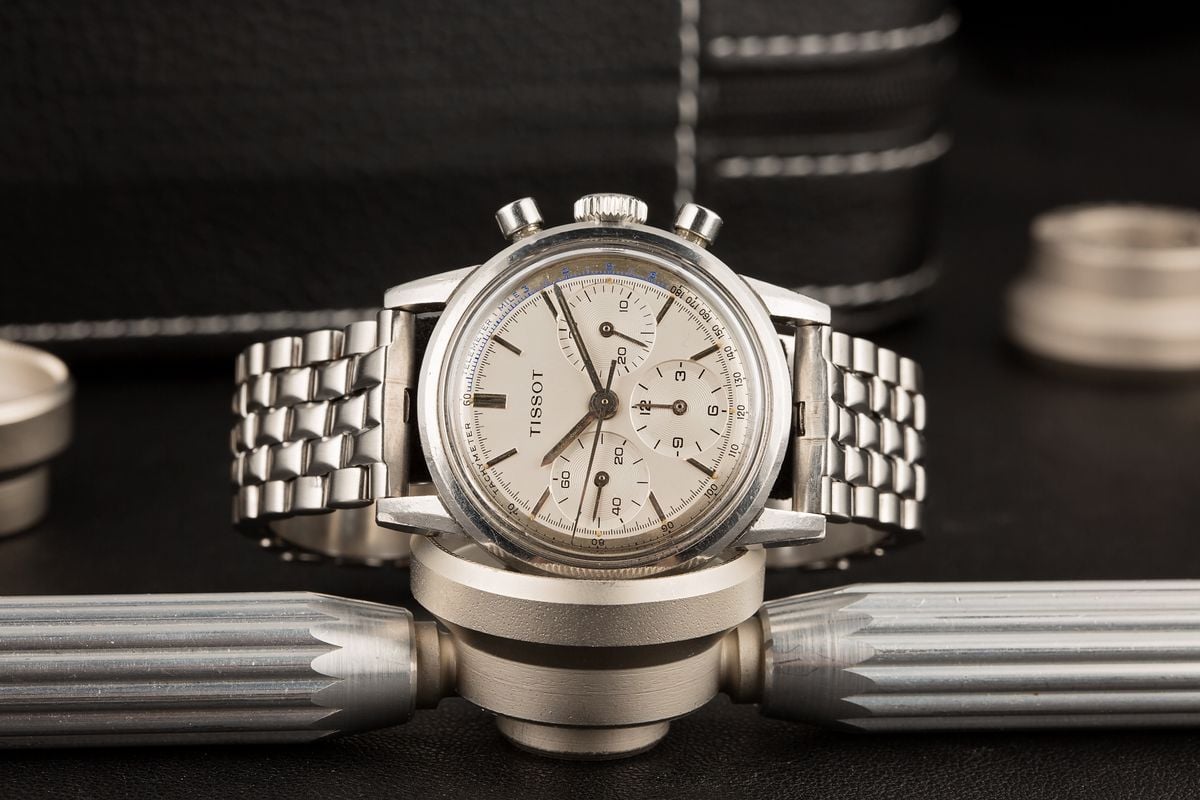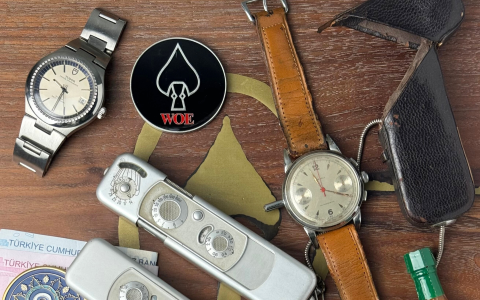So, I decided to really dig into Tissot watches the other day, kinda like building my own little “Tissot watches wiki” in my head. I wanted to get the full picture, you know? Not just the shiny ads.

My first step was to get the basics down. I went online and started poking around. Found out pretty quick that Tissot SA, that’s their official name, is Swiss. No surprise there, right? They’ve been around for ages, since 1853. Started by a couple of guys, Charles-Félicien Tissot and his son, Charles-Émile Tissot, in a town called Le Locle, Switzerland. That’s a long history, gotta give them that.
Then I saw they’re part of the Swatch Group. That made sense. Lots of these old Swiss brands are under bigger umbrellas now. It probably helps them with distribution and all that business stuff. Keeps the lights on, I guess.
My Hunt for What Makes Tissot Tick
I kept seeing Tissot being compared to other brands, especially the super pricey ones. But here’s the thing I picked up: Tissot isn’t really trying to be like Rolex or those super high-end, exclusive things. The general vibe I got was that Tissot is more focused on providing quality watches at a more accessible price point. So, if you’re after that “look at me, I’m loaded” kind of luxury, Tissot probably ain’t it. They’re more like, “Hey, here’s a decent Swiss watch that won’t make you sell a kidney.”
As I was trying to get all this info straight, I even looked into the nitty-gritty, like how to spot a real one, just out of curiosity. It turns out, on most of their newer watches, the serial number is engraved on the case back. It’s usually a 9-character code. I read somewhere they even try to avoid characters like “O” and “I” in these serials so people don’t get them mixed up with zeros and ones. Kinda practical, I thought.
But the more I dug, the more I felt like, okay, they’re solid, they’re Swiss, they’ve got history. But are they, like, special? They make a ton of different models. You see them everywhere. It started to feel less like uncovering secrets for a “wiki” and more like looking at a really, really big catalog.

This whole Tissot research thing actually reminded me of a phase I went through a few years back. I got super into collecting old comic books. I mean, I was obsessed. I’d spend hours learning about print runs, first appearances, grading, all that jazz. I really thought I was building up some serious expert knowledge. I even joined a few forums, felt like I was part of an exclusive club.
Then, I went to this big comic convention. And man, it was an eye-opener. There were dealers with boxes and boxes of the very comics I thought were these rare treasures. Suddenly, all my “special” knowledge felt kinda… average. The comics were still cool, still valuable to some, but that feeling of uncovering something unique? Poof, gone. It was just a much bigger market than I’d realized from my little corner of the internet.
And that’s sort of how I landed with Tissot. They make good watches. Reliable, Swiss-made, decent looking. They’ve got the heritage with the 1853 date and all. But if you’re trying to build a “wiki” on them expecting to find some super exclusive, under-the-radar thing, you might be a bit disappointed. They’re kind of the dependable, widely available Swiss watch. Nothing wrong with that, of course. It’s just, they are what they are. My “wiki” ended up being less about rare facts and more about understanding their spot in the big, wide world of watches. They’re not trying to be the hidden gem; they’re trying to be the solid choice for a lot of people.


